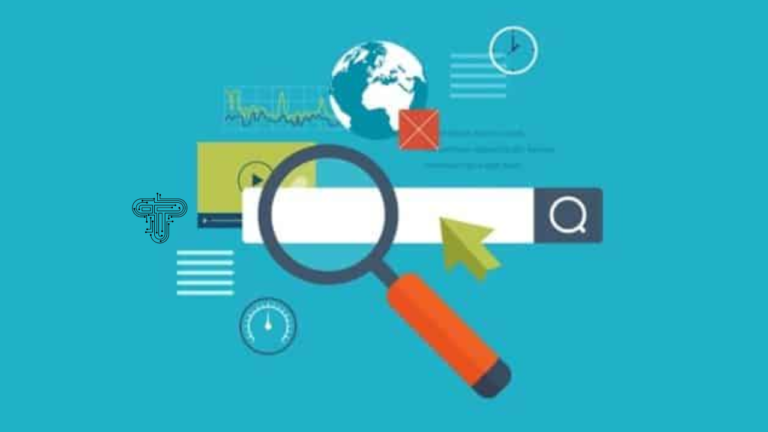Using CRM to Build Communities Not Just Customer Lists
For years, customer relationship management (CRM) systems have been viewed primarily as digital Rolodexes. In other words, they were a way to store contacts, track interactions, and send follow-up emails. However, the most forward-thinking businesses are using CRMs for something far more meaningful than managing customer data – to build actual communities.
Not in the fluffy, hashtag-driven way that makes “community” a buzzword, but in the real sense: bringing people together, creating shared value, and encouraging genuine engagement. If you’re considering using CRM to build communities, here’s how you can shift from list-building to community-building, and why it matters more now than ever.
The Old Model: Data-Centric, Transactional, Detached
The traditional CRM model operates like this: a lead comes in, you tag it, assign it a score, drop it into a sequence, and hope it converts. It’s a linear, one-way process that focuses on getting someone from point A (cold lead) to point B (paying customer). That works, but only up to a point. The problem is that it treats people like data points, not participants.
Even after they convert, most systems still see them as individual nodes, separate from the broader customer base. There’s little opportunity for peer-to-peer connection, collaboration, or contribution. And that’s a missed opportunity. Because in today’s landscape, where brand loyalty is fluid and competition is one click away, building a sense of belonging is more valuable than pushing a one-size-fits-all funnel.
The Shift: Relationships Over Records
The best CRM platforms aren’t just tools for managing interactions; they’re platforms for nurturing ongoing relationships. That requires a change in how you think about your customers. So, rather than asking “How do we get this person to buy?” ask “How can we invite this person into something bigger than a transaction?” That shift turns your CRM from a sales tool into a connective engine. By using CRM to build communities, you can identify common interests, link like-minded people, and create feedback loops that strengthen your business and your community at the same time.
Here are a few practical ways to make that shift:
1. Tag for Interests, Not Just Actions
Most CRMs allow you to tag users based on actions, like clicking a link, opening an email, or downloading a resource. While this behavior-based tagging is helpful, it barely scratches the surface of what your CRM can do. Deeper engagement happens when you segment contacts based on more meaningful traits, such as personal values, pain points, or work preferences. This approach turns your CRM into more than just a lead tracker—it becomes a relationship builder.
Therefore, you need more than names and email addresses to foster a true community. Effective engagement relies on understanding and leveraging different CRM data types, including identity data (like name and job title), descriptive data (such as industry or interests), quantitative data (past purchases or login frequency), and qualitative data (personal goals or frustrations). Using these segments together gives you a fuller picture of each contact.
For example, if you support freelancers with productivity tools, don’t stop labeling someone a “webinar attendee.” You could also tag them as “avoids video meetings” or “values time-blocking.” These tags help you tailor messages and connect them with others who share similar work styles, creating a genuine community rather than just another mailing list.
2. Use Your CRM to Create Micro-Groups
Let’s move beyond the old “newsletter” model. If you’re considering using CRM to build communities, start segmenting your audience into smaller, more relevant groups. Don’t base it around something simple like job title or industry, but also shared needs and interests. Then go a step further: invite them to join curated online spaces like Slack channels, private forums, and group chats, where they can talk to each other, not just your brand.
That doesn’t need to be over-engineered. Sometimes, a simple monthly Zoom meetup for people tackling similar issues is enough to spark lasting connections. Your CRM should make it easy to identify those people and invite them.
3. Automate Welcome, But Stay Human
Yes, automated welcome sequences save time. But they shouldn’t sound like a robot wrote them. And more importantly, they shouldn’t treat every new contact the same way.
Start with what you already know: where someone came from, what they signed up for, and what they clicked on. Use this to make your outreach relevant and personal. Include a real reply-to address. Encourage real replies. Better yet, instead of ending your sequence with a “book a call” pitch, end it with an invitation to connect with others like them. People are more likely to stick around if they feel like they’re not alone.
4. Surface and Share Member Contributions
One of the best ways to create community is to spotlight the people in it. Use your CRM to track who’s engaging, offering feedback, and sharing helpful resources with others, and then give them a platform. Feature their stories. Celebrate their wins. Ask them to share their knowledge with the group.
You don’t need fancy dashboards for this; you just need a CRM that tracks engagement meaningfully. When people see others like them being recognized, they feel more invested. They’re no longer just customers. They’re collaborators.
5. Close the Loop with Feedback
A real community listens. Use your CRM to collect feedback not just on your product, but on the experience of being part of your world. What’s your email deliverability rate? Who’s opening your emails? Who’s engaging less over time? Why? Who’s going above and beyond to connect with others? What’s motivating them?
Then feed that back into your system, adjust your messaging, create new groups, and launch new resources. A CRM that evolves based on your community’s input isn’t just a database; it’s a living, breathing part of your business.
Using CRM to Build Communities: The Benefits Go Way Beyond Marketing
This approach isn’t just good for engagement—it’s good for growth. People who feel connected to a community buy more, stay longer, and refer others. They provide better feedback. They’re more forgiving when you slip up. And they can often become your biggest advocates, not because you paid them, but because you made them feel seen.
From a business perspective, it also future-proofs your brand. When algorithms shift, ad costs rise, and inboxes crowd, the community becomes the moat protecting your relevance.
What It Takes to Do This Well
That isn’t about ditching automation or ignoring metrics. It’s about using those tools to serve something deeper. You’ll still want to track clicks and conversions, but not at the expense of connection. It takes time and a willingness to experiment. It also takes choosing tools and platforms that support, not stifle, community-building. But this is the way forward if you’re tired of churning through contacts and want to build something with more staying power.
Tech Blaster
Building Communities in Today’s World
A CRM is only as valuable as the relationships it helps you build. If you’re using it just to move people through a funnel, you’re missing out on what it could be: a bridge to community, a platform for participation, and a foundation for something that lasts. Your customers don’t just want better emails. They want to feel like they’re part of something. Start using CRM to build communities, give them exactly what they want, and watch what happens.







